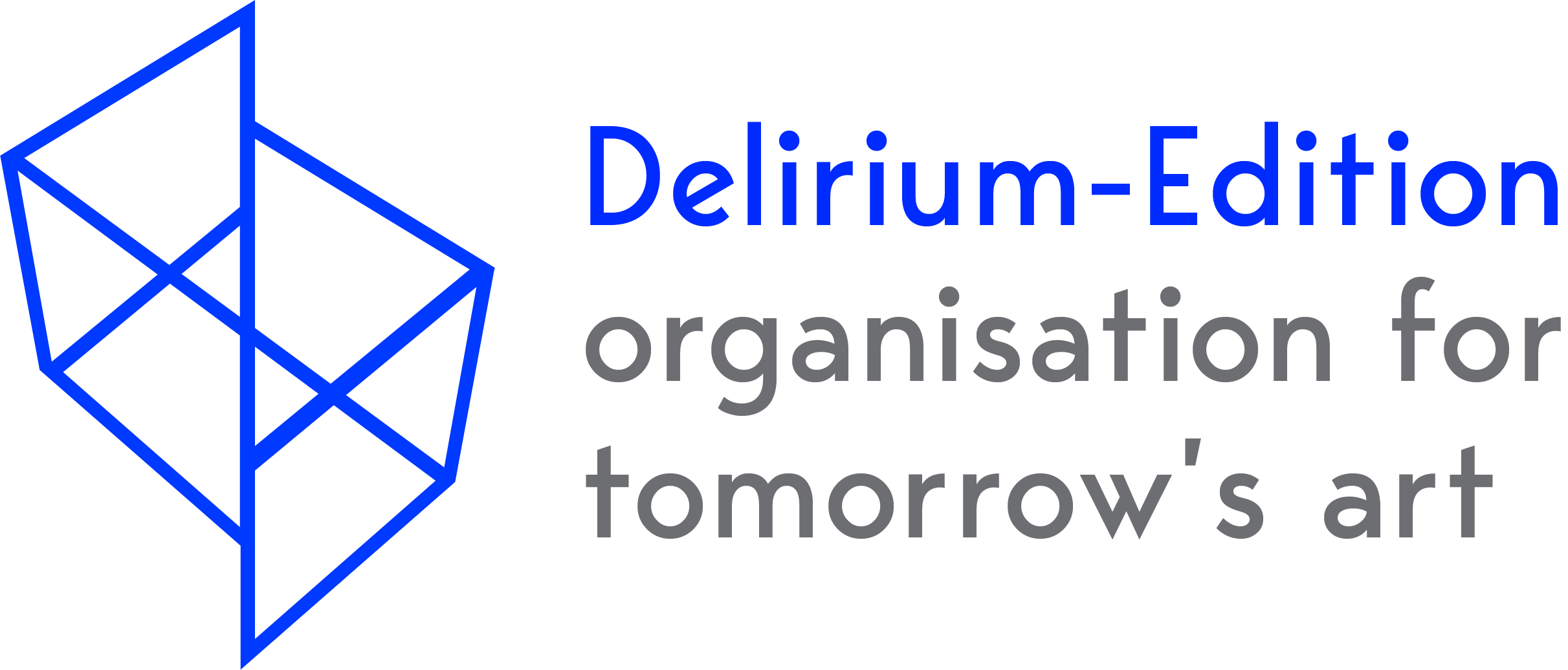Without air no sound, but without air also no breath, so no life.
With sounds, a phrase can literally express the breath, that is, the living, tones can be given a special color by air – but air and breath can also be directly part of music.
With the Arciorgano as a solo instrument near Delirium Ensemble, air can in many ways be the starting point of a musical idea.
The Arciorgano was developed and built during the last two years as part of the research project Studio 31 of the University of Music Basel in cooperation with the Schola Cantorum Basiliensis under the direction of Martin Kirnbauer, Johannes Keller and Caspar Johannes Walter. The 36 key per octave enharmonic organ is based on 16th and 17th century sources and instrument making traditions. The most important author in the field of enharmonic music and the corresponding instruments is Nicola Vicentino (1511-1576), who has influenced numerous generations of composers, theoreticians and instrument makers. The Arciorgano is a hypothetical reconstruction based on its instruments. A central aspect of the research project was its application in the field of contemporary music. On the one hand, the enharmonic keyboards are easy to play because they build on the layout of a conventional keyboard, but on the other hand, they also provide innumerable new intervals within the usual range of hands. How can you handle it in composition? How far is the compositional thinking influenced by concrete ways of grasping and thinking? To make the connection to a performance context of the new music easier, both instruments were equipped with sensors and self-playing unit, which further increases the musical possibilities.
5.10.2018 Musik-Akademie der Stadt Basel (Switzerland)
Delirium Ensemble, Wiktor Kociuban – conductor, artistic direction



